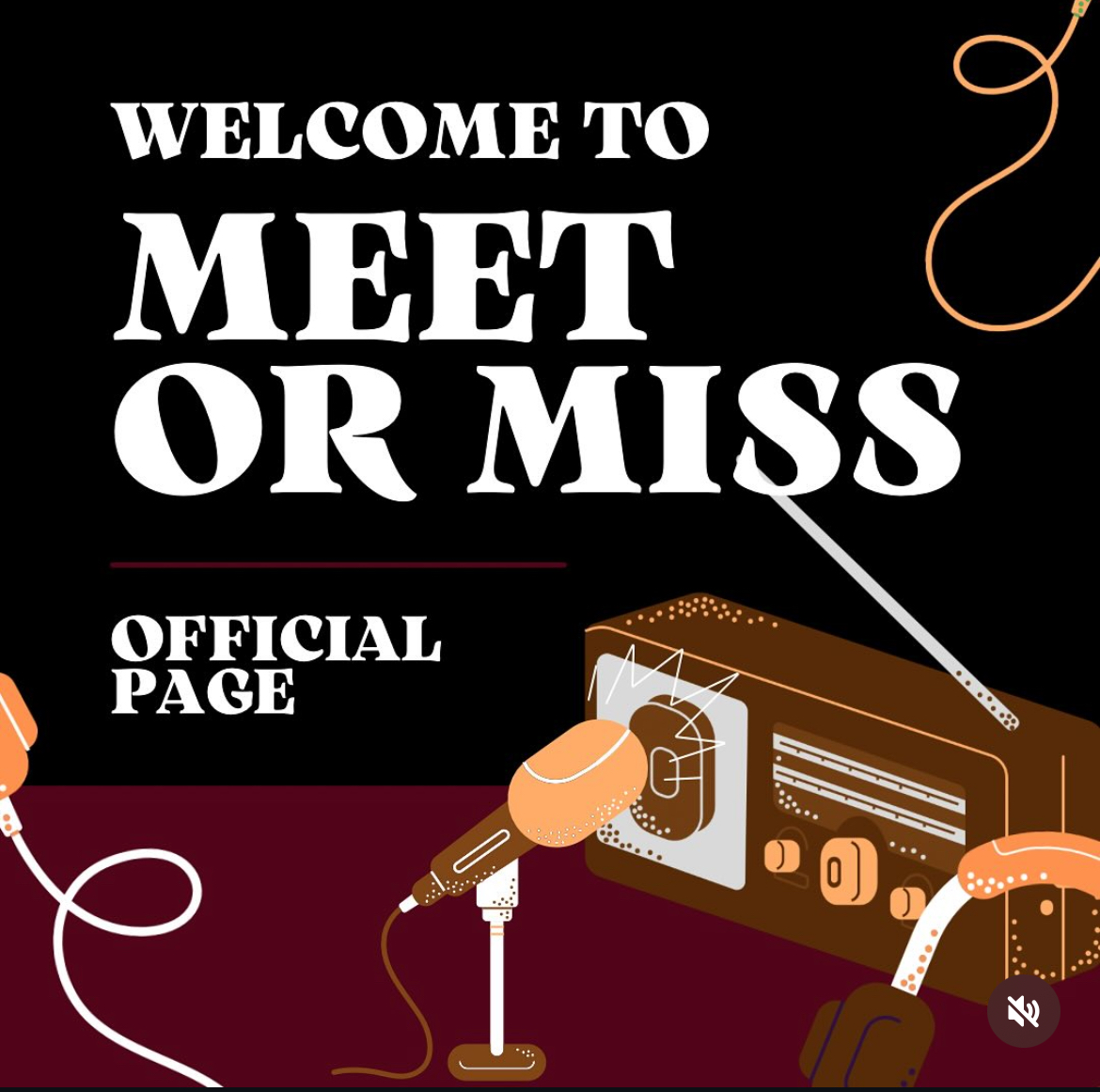EULESS, Texas – The Euless Trinity Trojans ran countless drills during a month of preparation for the first high school football game at the new Cowboys Stadium.
They practiced the haka with equal fervor.
The team’s Polynesian war dance started four years ago as a nod to this middle American suburb’s strong ties to the tiny Pacific island kingdom of Tonga. It grew into a local phenomenon that attracted national attention while Trinity was winning state championships, largely due to the size, strength and quickness of its Tongan athletes.
Now, the haka is getting an overhaul – a homemade haka, if you will – written and choreographed by the original dance leader who finds time between three jobs to instruct Trinity’s players. The new dance will debut Monday at the Cowboys’ stadium against South Jordan Bingham, one of Utah’s best teams and another one that does the haka.
‘Our boys, they’re wanting to be proud of their haka,’ said Trinity assistant coach Jason Dibble, who handles special teams, cornerbacks and the haka. ‘I don’t know if it’s a showdown, but we definitely don’t want to be in the palace here and be out-hakaed.’
Bingham and Trinity started the haka the same year – 2005 – but for different reasons.
The Utah school had seen other teams do it because the Polynesian influence is more widespread in that state through connections to the Mormon church. Monday’s game won’t even be the first time the Miners have had a haka showdown.
Trinity’s hometown, meanwhile, includes an unusually large concentration of Tongans, about 4,000 of the city’s roughly 50,000 residents. Starting in the 1970s, they were attracted by jobs at nearby Dallas-Fort Worth International Airport and flight benefits that made it easy and affordable to travel thousands of miles back home.
When the Trojans started talking haka, they wanted to make sure Tongan elders in the community approved. The leaders were ecstatic because they felt more a part of the city’s culture. Nobody seemed to care that Trinity’s original haka was actually from New Zealand’s native Maori culture, which originated the dance more than 200 years ago.
Now that the novelty is gone, Trinity players and coaches are learning more about the haka.
For instance, says Tongan resident Ofa Faiva-Siale, there are many hakas in all Pacific island cultures, and people can create their own. She suggested a version unique to Trinity.
‘It doesn’t matter what language it’s in, but one should be done specifically for our community and Trinity High School,’ said Faiva-Siale, a historian for the city of Euless. ‘There’s not any large group of Samoans in this school, and not a large group of Tahitians or Hawaiians. A big chunk of it is Tongans, so why not?’
Enter Richie Kautai, Trinity’s original haka leader and a former linebacker. A Polynesian dancer since he was 2, Kautai wrote a Tongan haka and started working with the players, who practice the haka because head coach Steve Lineweaver takes it as seriously as they do.
A small group of parents and students took a sneak peek at the new dance several days before the debut. Dozens of players were shoulder-to-shoulder in the cramped quarters of the school cafeteria as they pounded their chests and shouted ”io!’ (‘yes!’) to whether they would fight.
They’ll be more spread out, in black helmets and black jerseys, on Monday. The leaders will implore – ‘pea puke al maia!’ (‘then hold the rope!’) – in Kautai’s deference to Lineweaver always asking his players who they would want holding the rope if they were hanging off a cliff.
Dibble, the Trinity assistant, said the kaka will also illustrate the school’s diversity by having separate groups of players meld into one during the dance. Diversity jumped to mind for Kautai the first time he saw his team do the haka four years ago.
‘To know that not only can Polynesians do it and have heart in doing it and show respect in doing it, but other cultures – the whites and blacks and Hispanics and Asians,’ Kautai said. ‘They were doing it, and they took pride in it.’
Fans have gone crazy with it, buying ‘Got Haka’ T-shirts and waiting up to 15 minutes to see the dance again after the game, even though it’s the same one they saw hours earlier.
The craze has its roots in Lineweaver’s efforts, Tongan leaders say. He was reaching out to their culture long before anyone floated the idea of the haka. He asked the elders, as he calls the leaders, for permission before the haka was performed in public.
‘Our culture is very family oriented, and coach Lineweaver and his staff have understood that from the beginning,’ Faiva-Siale said. ‘There’s a little bit of Tongan in him, and I think that’s something most people in my community appreciate.’













